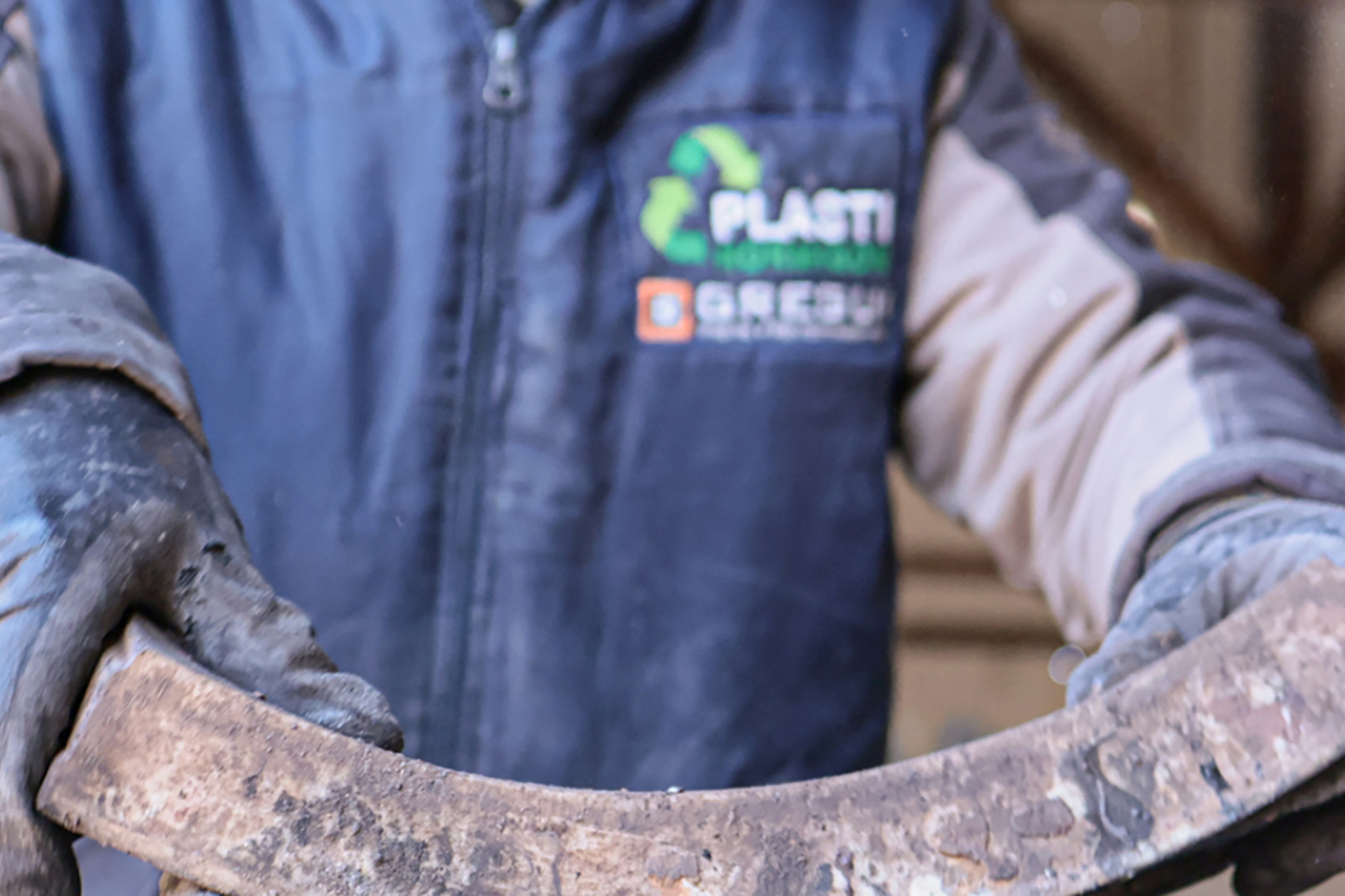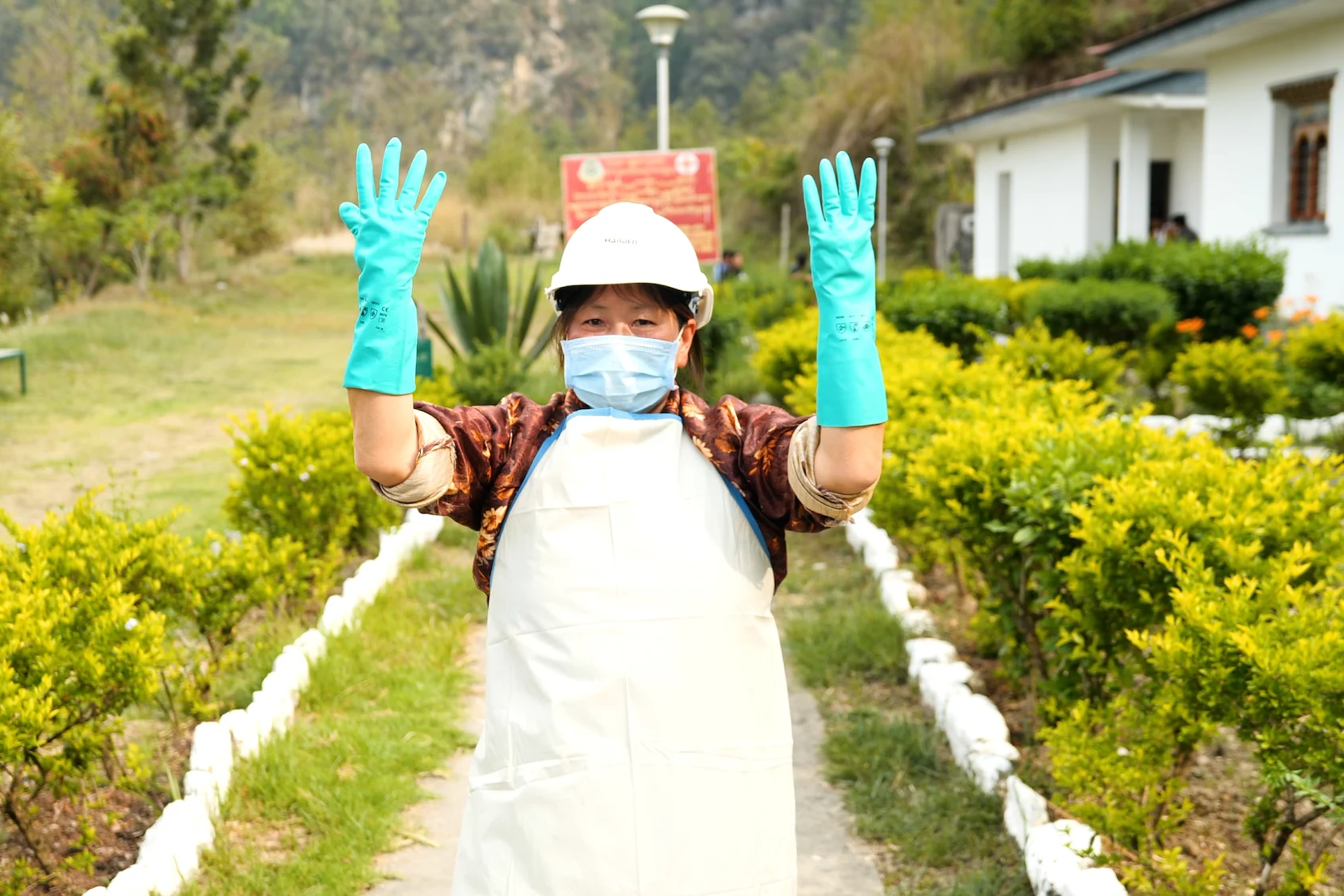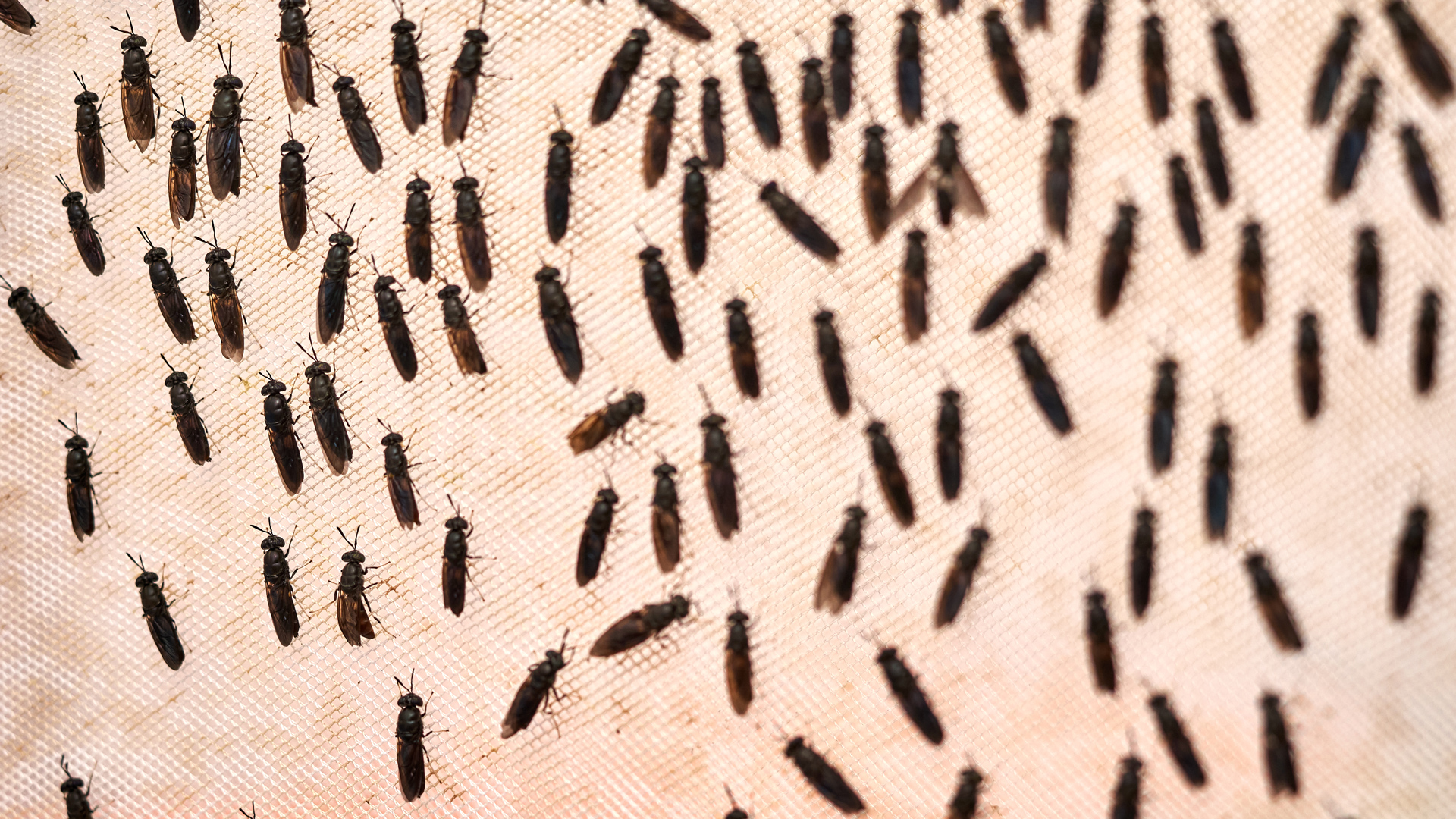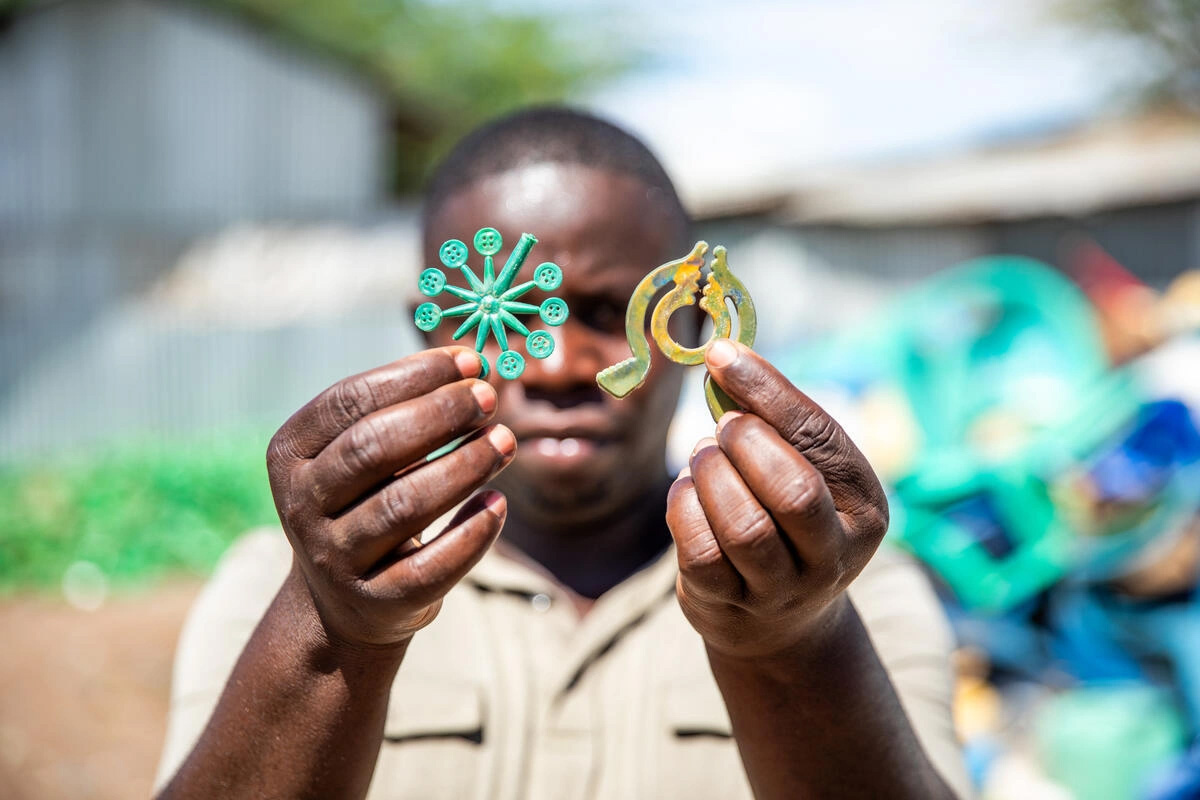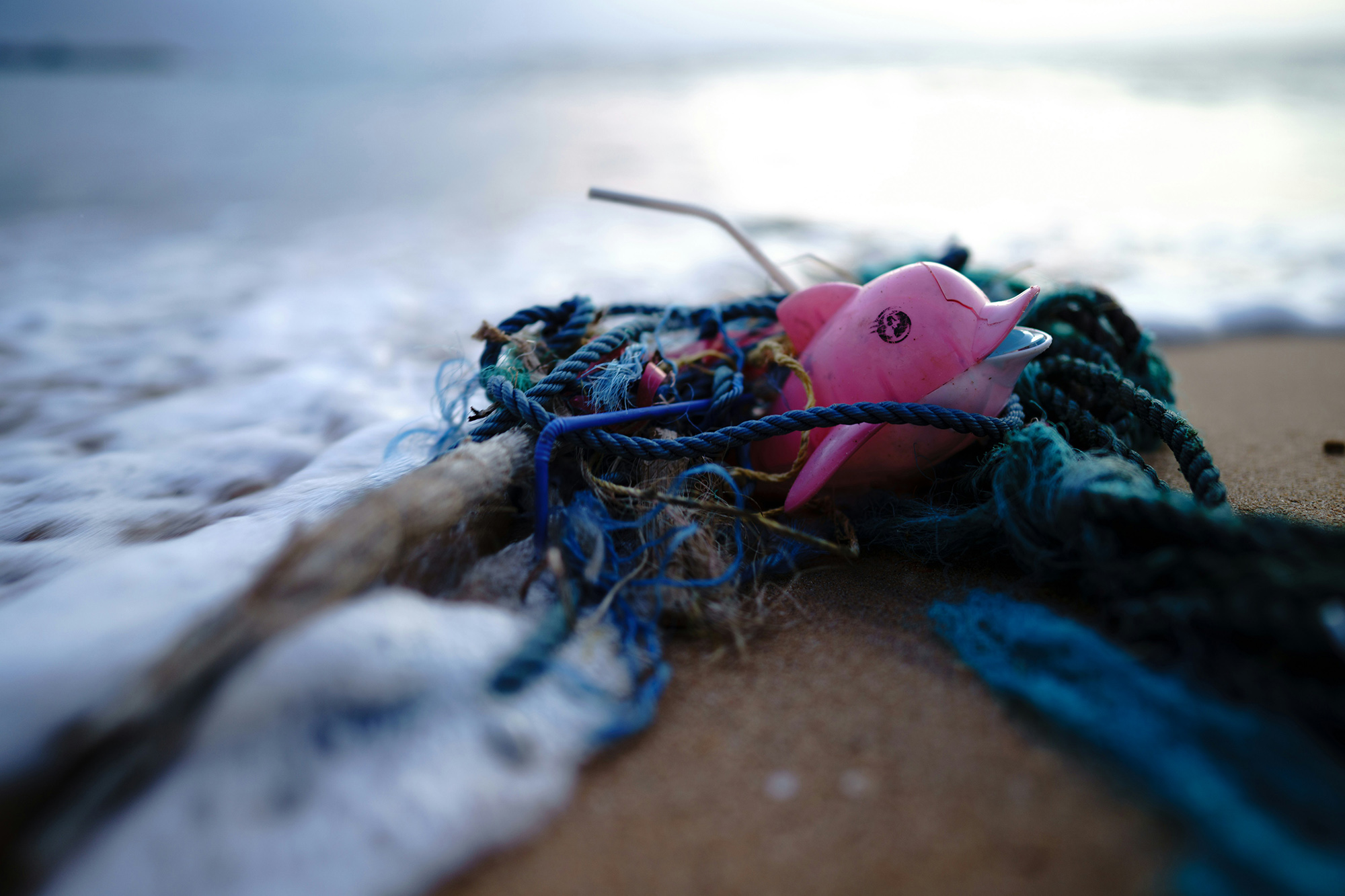Plastic is more widespread than we realize. While we recognize common items like bags and bottles, many everyday objects contain plastic in surprising ways. Ten unexpected sources of plastic include dust, air, clothing, fish, salt, drink cans, human blood, tea bags, paper cups, and snow. As countries work toward a global treaty to #BeatPlasticPollution, the fifth session of the Intergovernmental Negotiating Committee (INC-5) will be held in South Korea (25 November – 1 December), with the goal of creating a legally binding agreement to combat plastic pollution. The United Nations Development Programme (UNDP) is tackling the plastic pollution crisis through more than 200 projects and 1,000 community initiatives in 132 countries, helping governments develop policies and regulation.
Pollution and Waste
Ugly, annoying, and destructive, super pollutants are invisible yet pervasive, contributing to 45% of global warming and causing significant harm to our health and the environment.
Worldwide, nearly one in three people cook on inefficient stoves or over open fires, breathing in harmful smoke.
The "Turning Waste into Wealth in Barbados" initiative transforms fish waste into valuable livestock feed and soil amendments, supporting local farmers and processors while advancing sustainable development and fisheries policy.
Ahead of the International Day of Clean Air for blue skies, UNEP warns of severe air pollution in East and Southeast Asia, urging immediate action to address the crisis and save lives.
Every year, the world produces around 430 million tonnes of plastic, most of which soon becomes waste. Central to any solution to plastic pollution is a concept known as the life-cycle approach.
The interconnectedness of healthcare waste management, climate change, and environmental degradation highlights the need for sustainable practices and technologies to protect both human health and the environment.
Sand and dust storms are an essential element of the Earth’s natural bio-chemical cycles, but are also caused in part by human-induced drivers including climate change, unsustainable land management, and water use, and in turn sand and dust storms contribute to climate change and air pollution. At least 25 per cent of global dust emissions originate from human activities. Sustainable water and land management practices can decrease the impacts of sand and dust storms. The International Day of Combating Sand and Dust Storms (12 July) brings attention to this formidable and wide-spread challenge.
In early 2023, Abidjan, Côte d'Ivoire, faced a growing organic waste problem. The city reached out to the Food and Agriculture Organization of the United Nations (FAO) for help. FAO's project, BioDAF, aimed to turn organic waste into a resource using the Black Soldier Fly. The idea was to get the flies to mate, give their offspring tons of garbage to eat, and then dry the larvae to use as either feed for livestock or powdered food for fish farms. The project received funding from FAO’s ELEVATE programme, which supports innovative agricultural solutions.
Refugee entrepreneur Raphael transforms Kakuma camp in Kenya through plastic recycling, creating jobs and fostering environmental sustainability.
From discarded bags at the bottom of the Mariana Trench to microscopic particles in human placentas, plastics are ubiquitous. This material has permeated every facet of our lives, but at the same time, our current pattern of plastic production and consumption has driven a dramatic increase in plastic waste worldwide. Today, plastic pollution poses a serious threat not only to the environment but also to human health. The Global Environment Facility (GEF) Small Grants Programme (SGP) is implementing the Plastics Innovation Programme to foster knowledge-sharing among 14 countries and promote innovative solutions to tackle plastic waste. On International Mother Earth Day (22 April) the GEF Small Grants Programme team has prepared a highlight that showcases successful projects.
More than 117,000 plastic bottles will have been used by the time you finish reading this sentence, directly impacting your health and the environment. More than 99% of plastic comes from fossil fuels, which is at odds with the Paris Agreement's goal of limiting global warming to 1.5°C. However, a recent report highlights that the world can cut plastic pollution by 80 percent by 2040. To achieve this goal, the United Nations Development Program (UNDP) suggests that we can reform fossil fuel subsidies, reduce greenhouse gas emissions from transportation, promote circular economy practices, invest in innovation, and empower waste workers to improve plastic their livelihoods.
The International Day of Zero Waste emphasizes the critical need for effective waste management and reduced consumption to combat the environmental and health repercussions.
Grasping the extent of food waste through robust measurement, as highlighted in the Food Waste Index Reports, is crucial for catalyzing essential action and progress towards achieving SDG 12.
Global Methane Forum emphasizes urgent action to convert commitments into tangible reductions in methane emissions, crucial for achieving the Paris Agreement's 1.5°C target by 2050.




